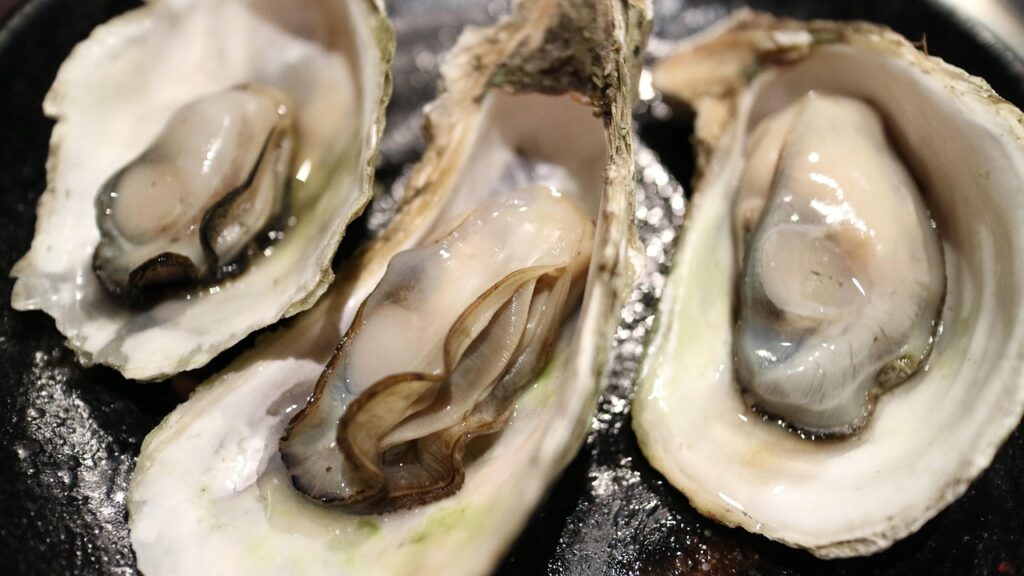
Zinc
What is zinc? It is a vital trace mineral with multiple functions in the body, to include:
- Essential for collagen synthesis and skin repair in wound healing
- Involved in taste perception
- Critical for growth and development during infancy, adolescence and pregnancy
- Antioxidant and supports a multitude of enzymatic reactions
Symptoms of Too Little Zinc:
- Frequent infections
- Delayed wound healing
- Hair loss, skin inflammation
- Loss of taste or smell
- Delayed growth in children
Groups at Risk of Deficiency:
- Vegetarians/Vegans
- Elderly
- Alcoholics
- Pregnant and Lactating Women
- Gastrointestinal conditions – irritable bowel, celiac disease
Symptoms of Too Much Zinc (from supplements, not food):
- Nausea, vomiting, abdominal cramps
- Headaches
- Copper deficiency – due to competitive absorption
Just Right (adults):
Recommended 8-11 milligrams/day
Medication Interactions
(consult your doctor)
- Antibiotics
- Penicillamine
- Diuretics
Food Sources
Animal – best absorbed
- Oysters – highest amounts
- Beef, Lamb, Pork
- Chicken, Eggs
- Dairy
Plant – not as well absorbed
- Legumes (lentils, chickpeas)
- Whole grains
- Nuts (cashews, almonds)
- Seeds (pumpkin, sesame)
Fortified
- Cereals
- Nutritional yeast
Cooking tips:
- Avoid high-dose iron or calcium supplements with zinc-rich meals.
- Soak lentils overnight before cooking to improve absorption.
- Pair plant zinc sources with garlic and onions to boost mineral absorption.
Reference: Zinc – Health Professional Fact Sheet